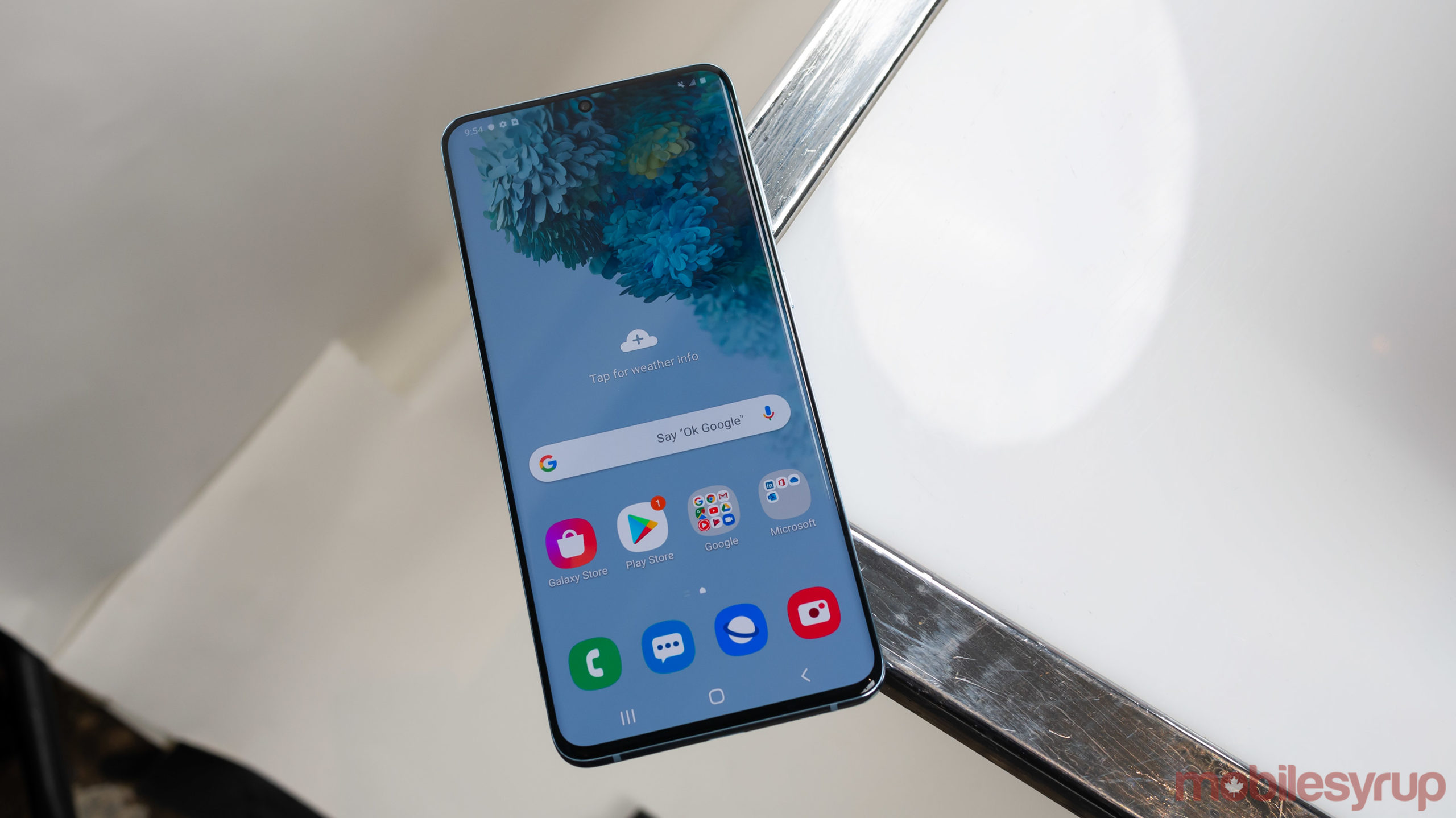
The Samsung Galaxy S20 series features a 120Hz refresh rate display.
A higher refresh rate allows the phone to scroll smoothly through menus, apps and the device’s entire user interface. When playing games, you’ll also notice that animations look smoother than with a typical 60Hz refresh rate screen.
While it’s great Samsung has finally pushed the refresh rate on its latest flagship devices, it’s important to note that the S20 can’t run at a 120Hz refresh rate when set to a WQHD+ resolution. When flipping to the higher resolution, the phone automatically switches back to the 60Hz refresh rate.
Companies like Apple, Huawei and LG smartphones still use 60Hz rates in displays. Meanwhile, the OnePlus 7 Pro and 7T, 7T Pro and the Google Pixel 4 series all sport a 90Hz refresh rate display.
However, Asus’ ROG Phone II, the Razer Phone and the Razer Phone 2 all use a 120Hz refresh rate.
Additionally, the Samsung Galaxy S20 series all feature 240Hz touch-sensing technology. Touch-sensing refers to the frequency at which a phone tracks the movement of your finger. Typical smartphones have a 60Hz touch sample rate, which tracks the screen every 16.6ms, while the iPhone 11 series features a 120Hz touch sample rate that cuts the time by half.
The 240Hz reduces it to 4.15ms, making it seem like the handset reacts instantly to each touch. The only other smartphone that sports a 240Hz touch-sensing rate is the Asus ROG Phone II.
Check out our Samsung Galaxy S20 hands-on here.
MobileSyrup may earn a commission from purchases made via our links, which helps fund the journalism we provide free on our website. These links do not influence our editorial content. Support us here.


